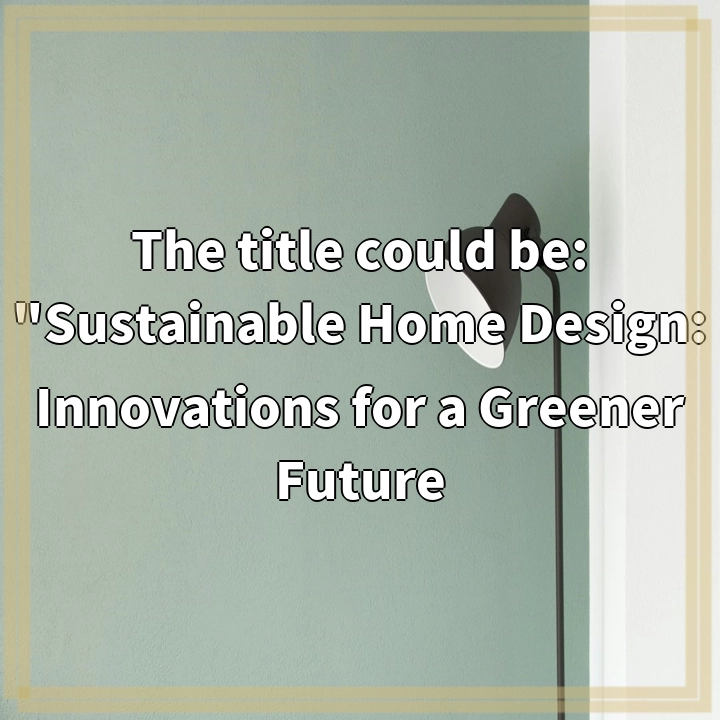
What is Permaculture Design?
Permaculture design is a holistic approach to land use and agriculture that aims to create sustainable and self-sufficient systems. It is based on the principles of mimicking natural ecosystems, focusing on diversity, resilience, and regenerative practices.
Real-World Problems Associated with Permaculture Design
1. Land Scarcity and Urbanization
In many parts of the world, land scarcity is a pressing issue due to urbanization and expanding human populations. This poses a challenge to implementing permaculture design as it typically requires larger areas of land to implement regenerative practices and create self-sustainable systems. Finding suitable spaces for permaculture projects within urban environments can be particularly difficult.
2. Lack of Awareness and Education
Despite its potential benefits, permaculture design is still relatively unknown to many people. There is a lack of awareness and understanding about its principles and practices, which can hinder its adoption. Education and outreach efforts are necessary to promote the benefits of permaculture and explain how it can address environmental challenges.
3. Limited Access to Resources
Implementing permaculture design often requires access to various resources, including land, seeds, tools, and materials. However, not everyone has equal access to these resources, particularly in low-income communities or regions with limited infrastructure. This can result in unequal opportunities for implementing permaculture practices, limiting its potential impact.
4. Regulatory and Policy Barriers
Permaculture design may face regulatory and policy barriers in certain regions. Some regulations or zoning laws may not support or allow the implementation of permaculture practices, making it difficult for individuals or communities to develop sustainable systems. Advocacy and policy change efforts are necessary to overcome these barriers and create an enabling environment for permaculture.
5. Climate Change and Environmental Degradation
Permaculture design is a response to environmental challenges, including climate change and environmental degradation. However, these challenges can also pose obstacles to implementing permaculture practices. Unpredictable weather patterns, soil degradation, and loss of biodiversity can all impact the effectiveness and resilience of permaculture systems. Adapting permaculture principles to changing environmental conditions is crucial for long-term success.

Solutions for Real-World Problems in Permaculture Design
1. Land Scarcity and Urbanization
To overcome the challenge of land scarcity, permaculture practitioners can explore alternative options such as rooftop gardens, community gardens, or vertical farming. They can also collaborate with local governments and organizations to identify available spaces for permaculture projects within urban areas.
2. Lack of Awareness and Education
Increasing awareness about permaculture can be achieved through educational initiatives and workshops. Collaborating with schools, community centers, and environmental organizations can help spread the knowledge about permaculture principles and its potential to address environmental challenges.
3. Limited Access to Resources
Efforts should be made to make permaculture resources more accessible to everyone. This can include community seed libraries, tool-sharing programs, and resource pooling among permaculture practitioners. Collaborating with local farmers, businesses, and government agencies can also provide opportunities for resource sharing and support.
4. Regulatory and Policy Barriers
Advocacy plays a crucial role in addressing regulatory and policy barriers. Engaging with local policymakers, participating in public hearings, and working with environmental organizations can help create a supportive regulatory framework for permaculture. Sharing success stories and research on the benefits of permaculture can also influence policy change in favor of sustainable land use practices.
5. Climate Change and Environmental Degradation
Permaculture practitioners should prioritize adaptability within their designs to address the impacts of climate change. This could involve selecting resilient plant species, implementing water conservation techniques, and adopting regenerative practices that enhance soil health. Monitoring and actively managing the permaculture systems to account for changing environmental conditions is essential for long-term success.















